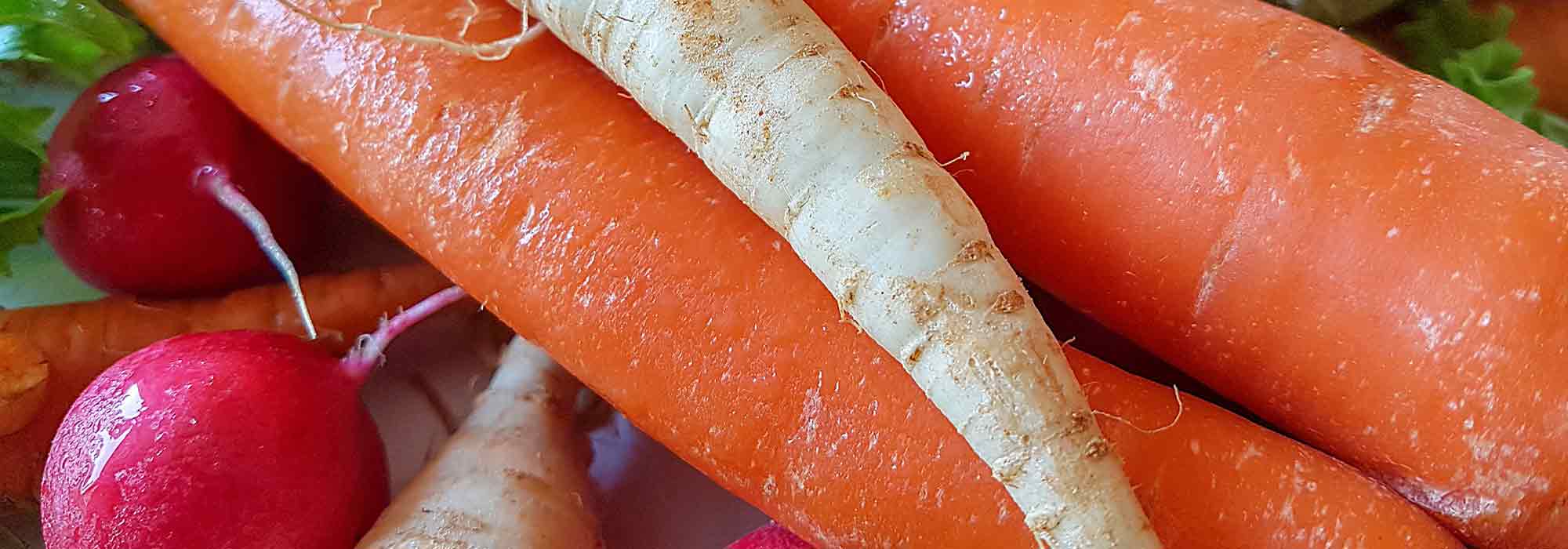
5 root vegetables for mountain vegetable patches
Root vegetable varieties best suited to montane climate
Contents
Growing a mountain vegetable garden requires some adaptation, with a choice of vegetables that amounts almost to strategy. Indeed, growing conditions are more demanding there than in the rest of mainland France, with a short growing season and very cold winters. vegetable varieties chosen must be suited to this particular climate. Focus therefore on the vegetables that are most hardy, the most early-maturing or benefiting from a short cycle. Note that root vegetables have generally fairly rapid development and adapt easily to altitude.
Here is a selection of 5 root vegetables for a mountain vegetable garden that will allow you to enjoy bountiful harvests.
Carrots: a popular root vegetable with good hardiness
If spring carrots are to be avoided in mountain areas, other varieties are quite feasible provided they benefit from a minimum germination temperature of 7°C. Carrot, Daucus carota, is sown outdoors under unheated cover from February/March, for harvest from June/July. It requires rich, light soil, as well as sunny exposure. Apart from thinning to 5 cm after seedling emergence, carrots require no particular maintenance other than mulching the soil. While watering can be infrequent, it must however be abundant.

Which carrot variety to choose?
Among carrot varieties best suited to a mountain vegetable garden are:
- ‘Touchon’, an early, hardy variety with long, sweet roots;
- ‘Marché de Paris’, an early, hardy carrot with short, round roots;
- ‘Rouge sang’, an early, very hardy variety;
- or carrot ‘De Colmar à coeur rouge’, an all-purpose, hardy variety with excellent keeping qualities.
Turnips: a root vegetable with a short growing cycle
Turnip, Brassica rapa, benefits from short cultivation cycles, making it a vegetable suited to mountain vegetable gardens. Sow from mid-March until August, in light, cool soil amended with organic matter, and above all non-calcareous. Minimum germination temperature for turnip is between 7 and 12°C. Sunny or part-shaded position is favourable for turnip, as is regular watering. Applying mulch is recommended to limit soil evaporation and development of adventive weeds.
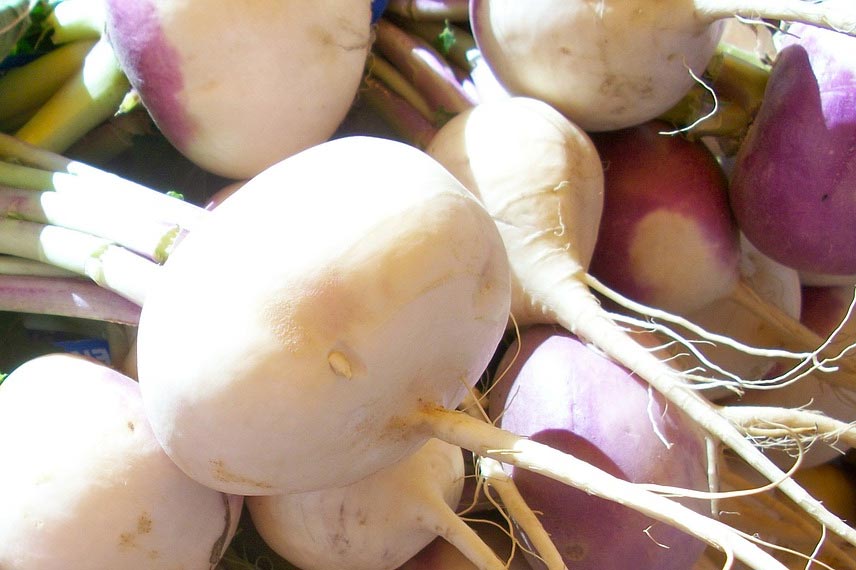
Which turnip variety to choose?
Examples of turnip varieties to grow in mountain gardens include:
- turnip ‘Hâtif d’Auvergne’, a hardy variety with rapid growth;
- turnip ‘Des vertus Marteau’, which also exhibits rapid growth;
- or ‘Blanc globe à collet violet’, a hardy variety ideal for autumn production with very good keeping quality.
Discover other Vegetables by variety
View all →Available in 1 sizes
Available in 1 sizes
Available in 1 sizes
Available in 1 sizes
Available in 1 sizes
Available in 1 sizes
Available in 1 sizes
Available in 1 sizes
Available in 1 sizes
Radish: a quick, easy-to-grow root vegetable
Radish, Raphanus sativus, also benefits from a short growth cycle and good hardiness. Annual or biennial, radish is grown in sunny positions, in soil enriched with organic matter, moist and well-drained. Sow directly in open ground from February under a cold frame. Emergence occurs within 3 to 5 days at temperatures from 7°C. Once thinned, radish requires little maintenance, apart from regular watering.

Which radish variety to choose?
Among radish varieties most suited to mountain vegetable gardens, for example:
- radish ‘De 18 jours’, which is highly prized for its rapid growth;
- ’Cherry Belle’, a round variety suitable for every month with rapid growth;
- or ‘Bleu d’Automne et d’Hiver’, hardy to -15°C and harvestable over a long period.
Beetroot: root vegetables well suited to high altitudes
Beetroot, Beta Vulgaris, is a hardy vegetable particularly well suitable for high-altitude cultivation. Sow under cover from mid-February at minimum temperatures between 10 and 13°C, for harvest from mid-June. Grow beetroot in a sunny position, in fresh soil enriched with organic matter, and water in hot, dry weather to prevent the root from becoming lignified. A good layer of mulch is recommended here.
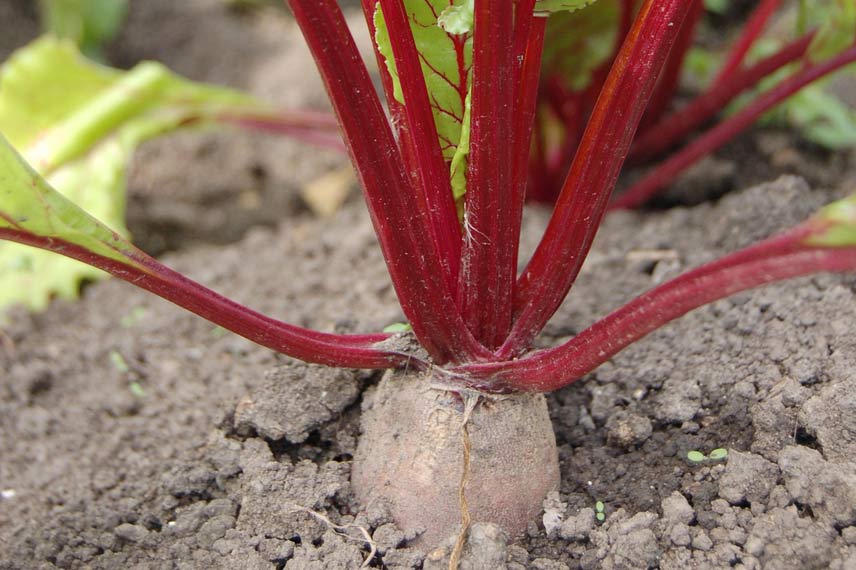
Which beetroot variety to choose?
Among beetroot varieties best suited to mountain conditions are:
- beetroot ‘Noire Plate d’Egypte’, a very early variety with flat roots;
- ‘Burpee’s Golden’, an early beetroot with orange root and yellow flesh;
- or ‘Crapaudine’, a late, hardy variety with a long root harvested in autumn.
→ Learn more with our advice sheet Beetroot, best varieties
Potatoes: early varieties perfect for high-altitude areas
Early potatoes, Solanum tuberosum, can easily be grown in mountainous areas. They are also less prone to pest attacks there. However, yields are lower than in lowland areas, but flavour is superior. At high altitude, early potatoes are sown directly in open ground in soil at 10°C, at the beginning of June. They are cultivated in a sunny position, in deep soil enriched with well-rotted compost.

Which potato variety to choose?
Among potato varieties suitable for cultivation in mountainous areas are:
- ‘Amandine’ and ‘Bonnote de Noirmoutier’, two early varieties with firm flesh;
- ‘Apollo’ potato, also early, but with a creamy texture;
- or ‘Alienor’ and ‘Sirtema’, two early potato varieties with tender flesh.
→ All about the potato in our complete fact sheet
- Subscribe!
- Contents
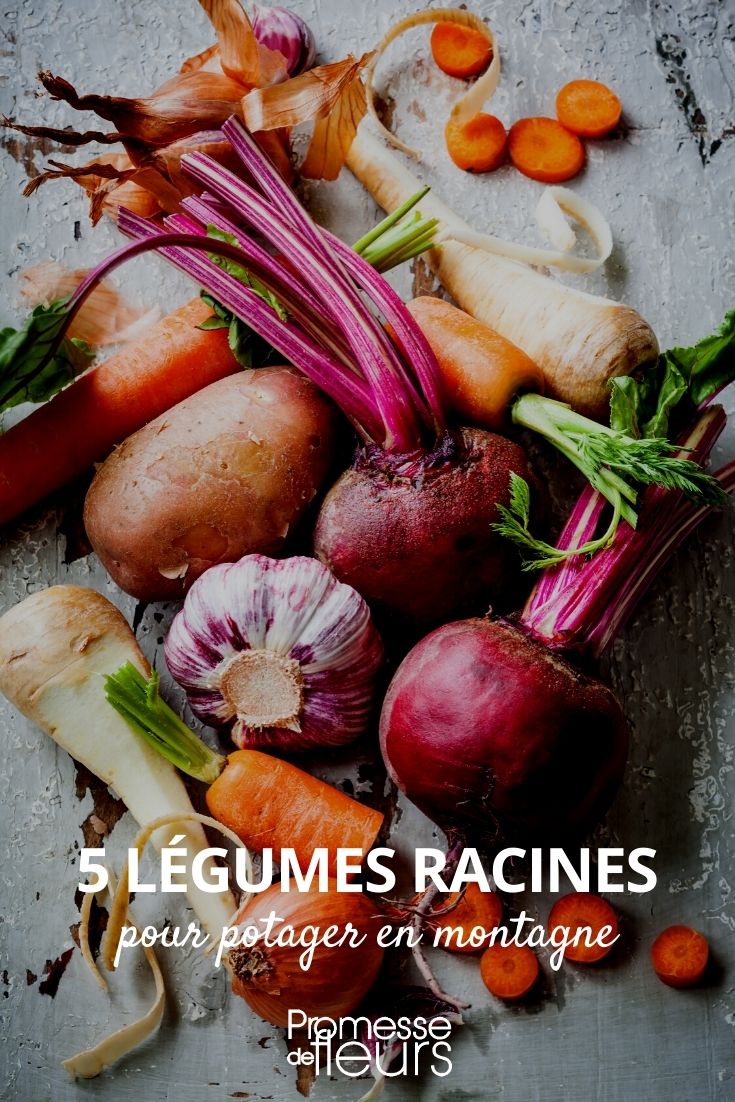































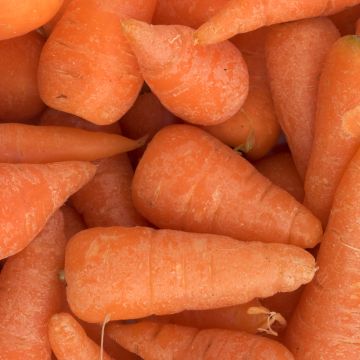
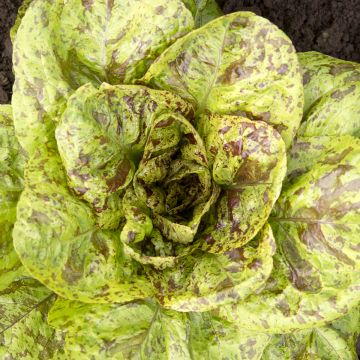
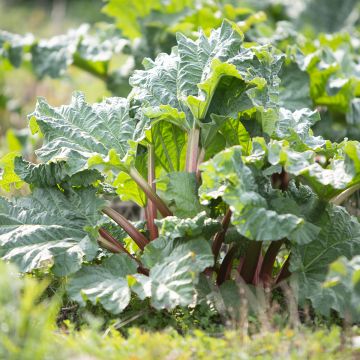
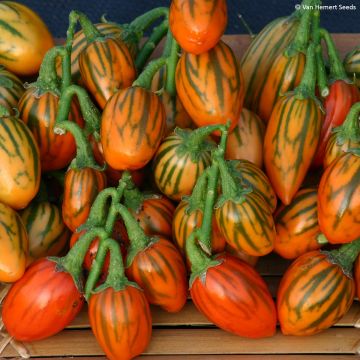
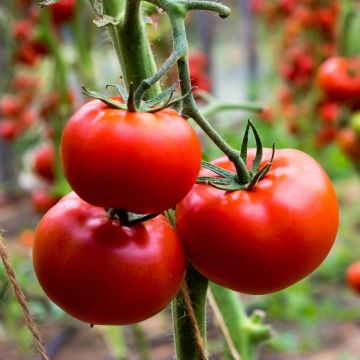
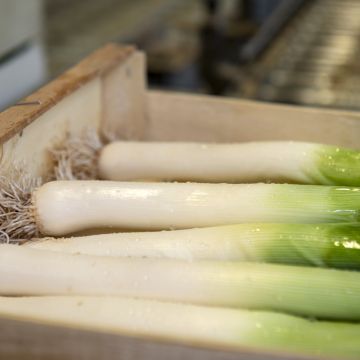
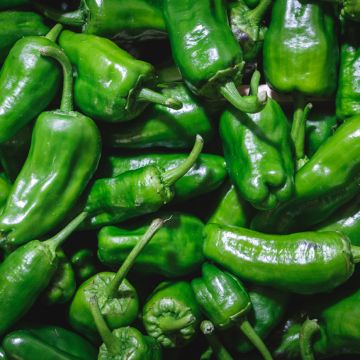
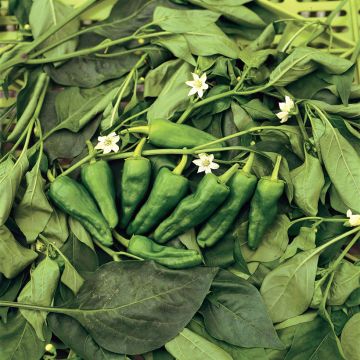
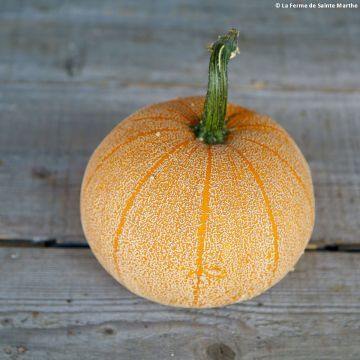
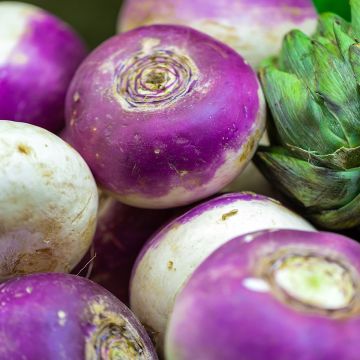
Comments